Pig stomach soup, a cherished dish in many Asian cuisines, is renowned for its rich flavor and purported health benefits, particularly in aiding digestion and warming the body. Central to its preparation is the choice of pepper, a spice that not only imparts heat but also enhances the soup’s therapeutic qualities. With numerous pepper varieties available—black, white, green, Sichuan, and more—selecting the right type can elevate the dish from ordinary to extraordinary. This article delves into the nuances of each pepper, their culinary roles, and how to harness their unique attributes to craft the perfect pig stomach soup.
Understanding the Role of Pepper in Pig Stomach Soup
Pepper, derived from the Piper nigrum plant, has been a cornerstone of global cuisine for millennia. In traditional Chinese medicine (TCM), pig stomach soup is believed to tonify the spleen, strengthen the stomach, and alleviate digestive discomfort. Pepper, with its pungent and warming properties, complements these goals by stimulating circulation, reducing bloating, and enhancing nutrient absorption. However, not all peppers are created equal. The variety chosen influences the soup’s aroma, spiciness, and even its medicinal efficacy.
Black Pepper: The Bold Classic
Black pepper, the most common variety, is harvested from unripe green peppercorns that are sun-dried until they shrivel and turn black. Its assertive, woody flavor with a hint of citrus makes it a staple in kitchens worldwide. In pig stomach soup, black pepper adds a robust heat that cuts through the richness of the broth and the gaminess of the pig stomach.
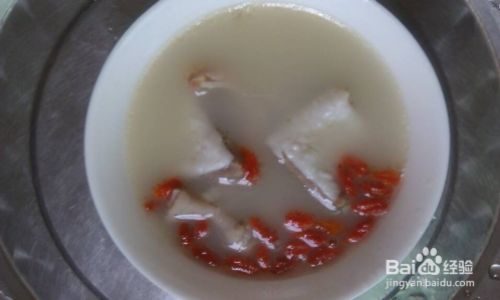
Culinary Applications:
- Flavor Profile: Pungent, earthy, with a lingering warmth.
- Best Use: Ideal for those who prefer a bold, spicy kick. Grind fresh peppercorns just before adding to the soup to preserve their volatile oils, which dissipate quickly once exposed to air.
- Health Benefits: Rich in piperine, a compound linked to improved digestion and anti-inflammatory effects.
Drawbacks:
Overuse can overpower the soup’s subtle flavors. Start with 1–2 teaspoons per liter of broth and adjust to taste.
White Pepper: The Subtle Healer
White pepper is made from fully ripe peppercorns whose outer husks are removed after soaking, resulting in a milder, cream-colored spice. Its flavor is less aggressive than black pepper, with a fermented, musty undertone that adds depth without bitterness.
Culinary Applications:
- Flavor Profile: Mildly spicy, earthy, and slightly floral.
- Best Use: Preferred in light-colored soups like pig stomach broth, where its color won’t mar the dish’s appearance. White pepper’s gentler heat allows the soup’s herbal ingredients (such as ginger or goji berries) to shine.
- Health Benefits: High in antioxidants and believed to alleviate stomach chills in TCM.
Drawbacks:
Can taste stale if not stored properly. Opt for whole white peppercorns and grind them fresh.
Green Pepper: The Fresh Alternative
Green peppercorns are harvested early, before maturity, and are either brine-preserved or freeze-dried. Their vibrant, herbal flavor offers a refreshing contrast to the soup’s richness.
Culinary Applications:
- Flavor Profile: Bright, grassy, with a mild heat.
- Best Use: Adds complexity to modern interpretations of pig stomach soup. Pair with coconut milk or lemongrass for a Southeast Asian twist.
- Health Benefits: Contains fewer piperine compounds than black or white pepper but retains more vitamins due to minimal processing.
Drawbacks:
May be too mild for traditionalists. Best used in combination with other peppers.
Sichuan Pepper: The Numbing Spice
Though not a true peppercorn, Sichuan pepper (from the Zanthoxylum plant) is a staple in Chinese cuisine. Its citrusy, tingling sensation—known as má—sets it apart from other spices.
Culinary Applications:
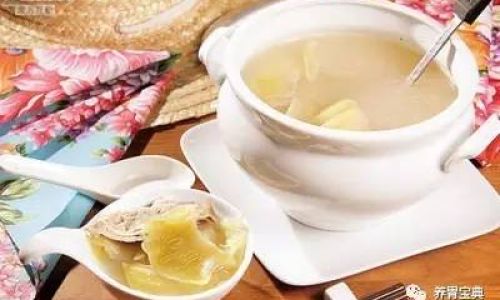
- Flavor Profile: Lemon-like, numbing, with a subtle heat.
- Best Use: Adds an intriguing texture to the soup. Pair with star anise or cinnamon for a warming, aromatic broth.
- Health Benefits: Known in TCM to improve circulation and relieve toothache.
Drawbacks:
Overpowering if used excessively. Limit to 1 teaspoon per liter.
Pink Pepper: The Decorative Garnish
Pink peppercorns, actually berries from the Schinus tree, offer a sweet, fruity flavor with minimal spice. While visually striking, they lack the complexity of true peppers.
Culinary Applications:
- Flavor Profile: Mild, floral, with a hint of pine.
- Best Use: Use sparingly as a garnish to add color, not heat.
- Health Benefits: Low in piperine but rich in vitamin C.
Drawbacks:
Too mild to impact the soup’s flavor profile significantly.
How to Choose the Right Pepper for Your Soup
-
Traditional vs. Modern Preferences:
- Traditionalists: Opt for white pepper to honor the soup’s TCM roots.
- Adventurous Cooks: Experiment with Sichuan pepper or green peppercorns for unique flavor layers.
-
Flavor Balance:
- For a one-pot meal, pair black pepper with ginger and garlic to create a robust base.
- For a lighter broth, use white pepper with jujube dates and goji berries.
-
Health Goals:
- Digestive Support: Prioritize black or white pepper for their piperine content.
- Anti-Inflammatory Benefits: Combine black pepper with turmeric for a synergistic effect.
Preparation Tips for Maximum Flavor
- Toast Whole Peppercorns: Dry-roast them in a pan until fragrant before grinding. This releases essential oils and deepens flavor.
- Soak Dried Peppers: Rehydrate whole peppercorns in warm water for 10 minutes to soften their texture.
- Adjust Grind Size: Coarse grinds retain more aroma during long simmers; fine grinds dissolve quickly for even heat.
Regional Variations: A Global Perspective
- Guangdong-Style Soup: Uses white pepper and dried tangerine peel for a delicate, citrusy broth.
- Malaysian Interpretation: Incorporates green peppercorns and lemongrass for a tangy kick.
- Korean Adaptation: Adds gochugaru (red pepper flakes) for a spicy-sweet twist.
Storing Pepper for Longevity
- Whole Peppercorns: Store in airtight containers away from light and heat. They retain potency for up to three years.
- Ground Pepper: Use within six months, as flavor degrades rapidly.
Common Mistakes to Avoid
- Using Pre-Ground Pepper: It loses flavor quickly. Invest in a pepper mill for fresh grinding.
- Overcooking Pepper: Add it during the final 15 minutes of simmering to prevent bitterness.
- Ignoring Quality: Cheap pepper may contain fillers or stale spices. Source from reputable suppliers.
Conclusion: The Art of Pepper Pairing
The perfect pig stomach soup hinges on harmony—between the pepper’s heat, the broth’s richness, and the pig stomach’s tender texture. Whether you favor the boldness of black pepper, the subtlety of white, or the tingle of Sichuan, each variety offers a distinct pathway to culinary and medicinal satisfaction. Experimentation is key: try blending peppers, adjusting ratios, or incorporating regional ingredients to discover your signature recipe.
In the end, the best pepper is the one that resonates with your palate and aligns with your health goals. So, the next time you simmer a pot of pig stomach soup, remember that a single spice holds the power to transform a humble dish into a nourishing masterpiece.
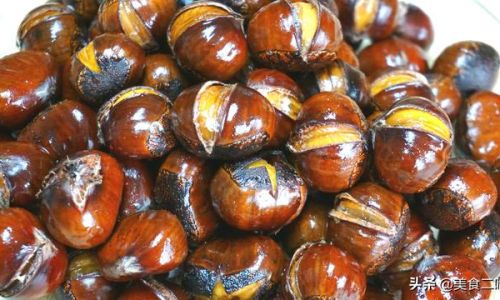

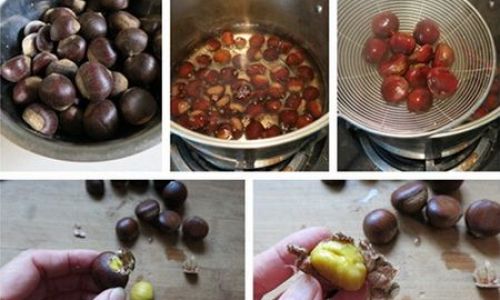
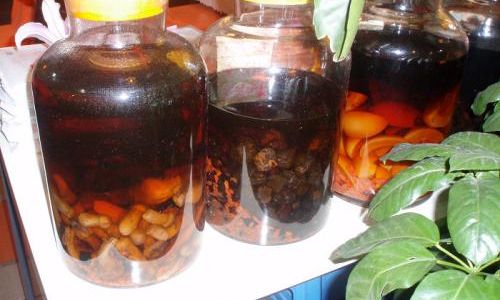
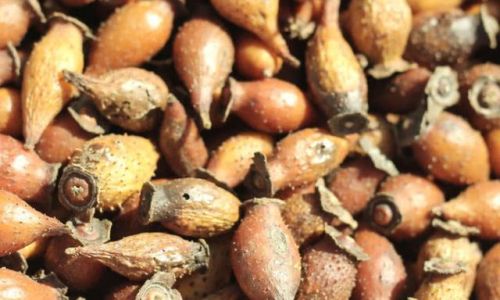
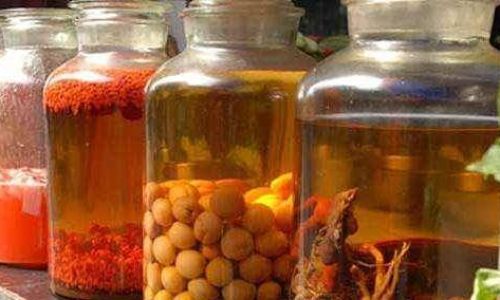
0 comments